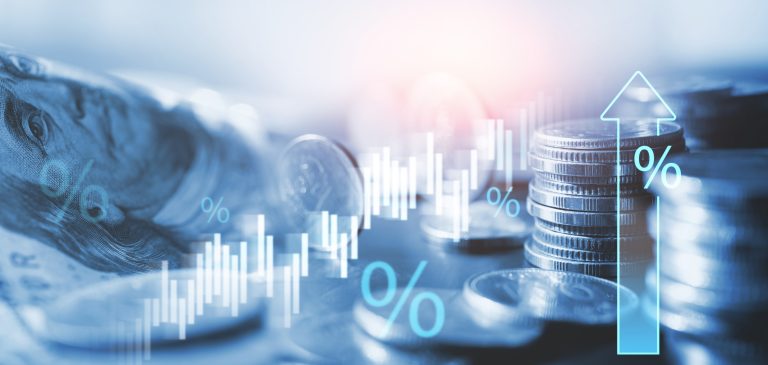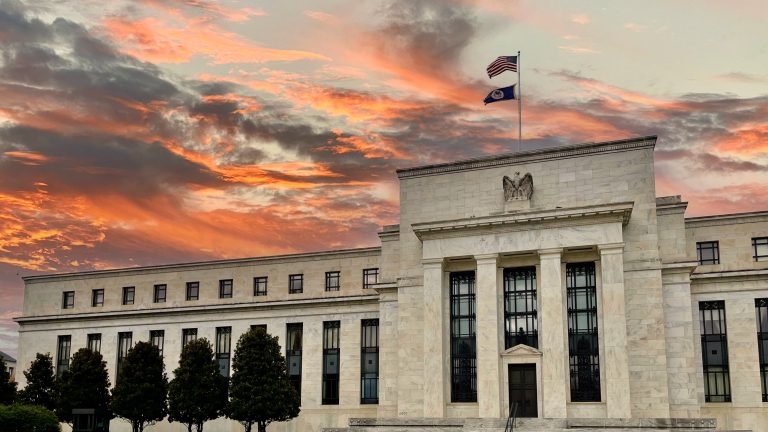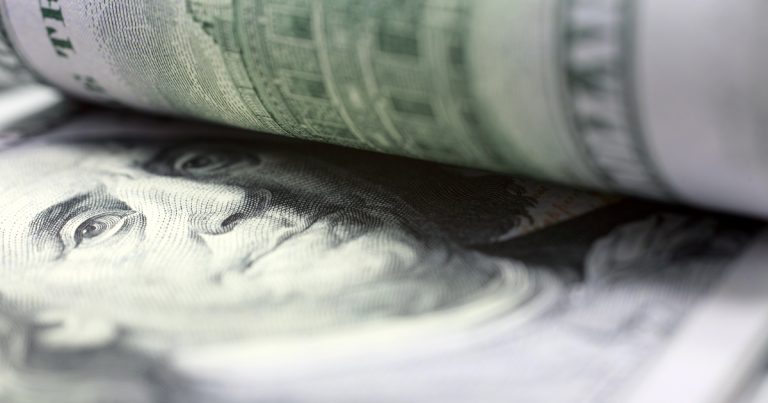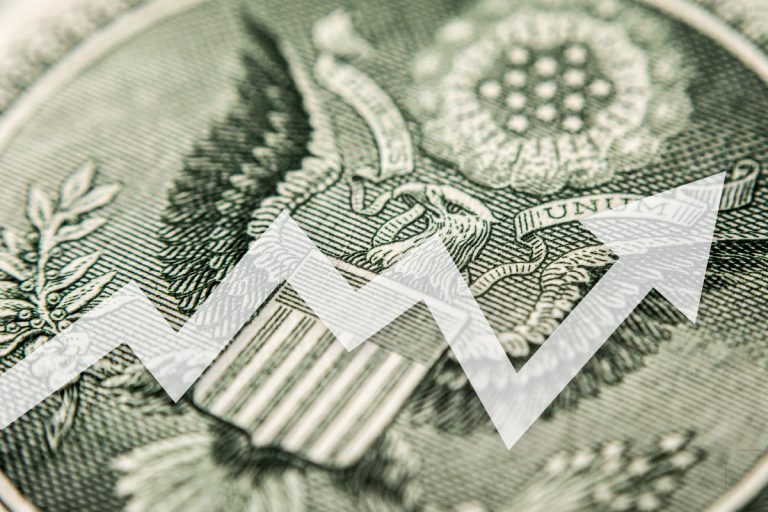
Cohen Tells USA Today How Wages Have Changed
Chief Economist Gerald Cohen compared wage growth with inflation to answer some questions from USA Today.
Despite strong economic indicators—2.5% GDP growth, unemployment under 4%, and easing inflation—American consumer sentiment remains low. Kenan Institute experts explore why the public's mood doesn’t match the upbeat data, highlighting deeper sources of economic unease.

Potential Trouble: April Economic Briefing
How can the economy be running above its potential output level and still experience declining inflation? Join Kenan Institute Research Fellow Greg Brown in the institute’s monthly virtual briefing at 9 a.m. EDT this Friday, April 5 to learn why.

Going to Extremes: March Economic Briefing
Join Chief Economist Gerald Cohen for the institute’s monthly virtual briefing at 9 a.m. EST this Friday, March 8, to discuss the morning's employment report and the latest economic data.

Why Is the Fed Waiting?
By all accounts, there is steady good news coming the Federal Reserve’s way. And yet, the Fed seems to be in no rush to start cutting rates. Dive deeper into what the Fed will do to make sure inflation remains at that 2% goal.

Preparing for Landing: February Economic Briefing
Kenan Institute Senior Faculty Fellow Christian Lundblad will discuss Friday’s employment report and other economic issues during the institute’s monthly virtual briefing at 9 a.m. EST this Friday, Feb. 2.

Five Economic Trends to Watch in 2024
The year ahead is full of economic uncertainty, but institute Chief Economist Gerald Cohen knows that some topics will be in the thoughts of many business leaders and policymakers. Find out five trends he has in mind.

Trends for 2024: January Press Briefing
Dive into the Kenan Institute’s monthly virtual press briefing from Friday, Jan. 5, as institute Chief Economist Gerald Cohen offered some economic trends to watch for 2024.

We (Still) Need to Talk About Inflation
Inflation has come down but may still have some fight left in it. One concern is what happens going forward as the relief from pandemic price pressures disappears, but deflationary tailwinds are no longer there.

Inflation’s Next Move: December Press Briefing
Join us for the Kenan Institute’s monthly virtual press briefing at 9 a.m. EDT this Friday, Dec. 8, as professor and former executive director Greg Brown shares his thoughts on where inflation may be headed from here.

The Fed and Inflation: Are We There Yet?
Since March 2022, the Federal Reserve has battled the highest inflation in decades with interest rate increases whose effects are only now starting to be seen. So does this mean the era of rate hikes is coming to an end?

Five Economic Trends to Watch in 2025
Kenan Institute Chief Economist Gerald Cohen kicks off 2025 with a rundown of five issues that will be top of mind for business leaders and policymakers, accompanied by his analysis.